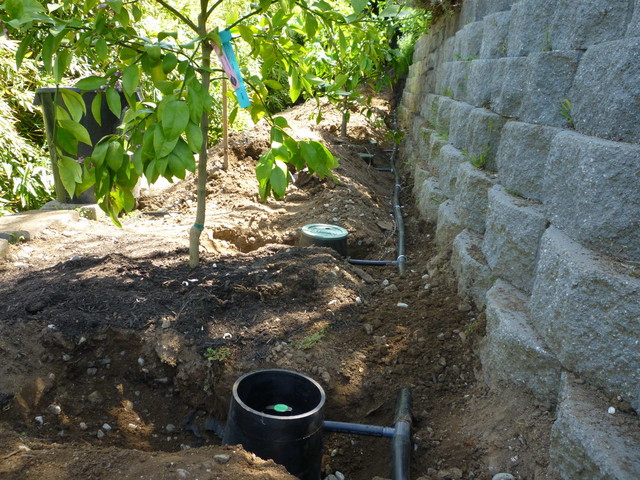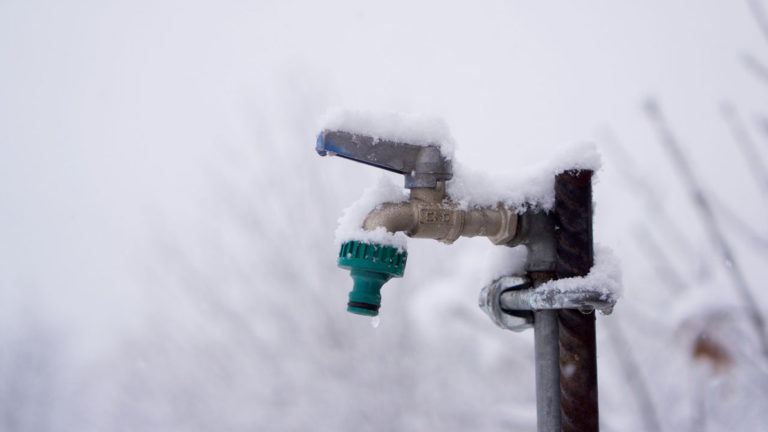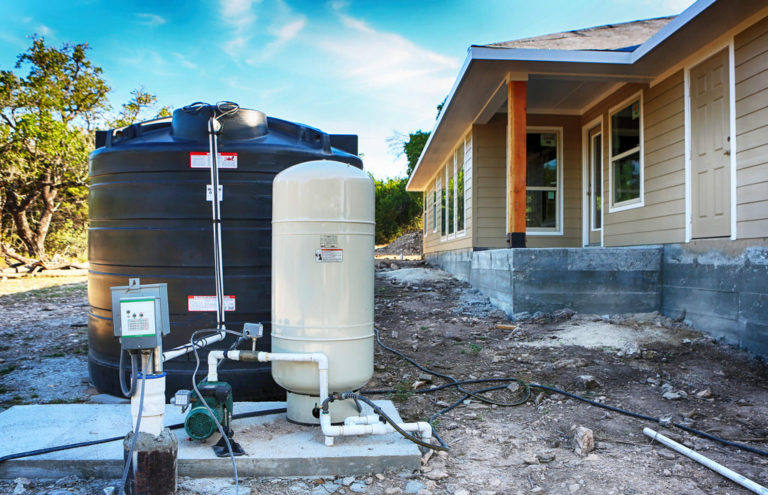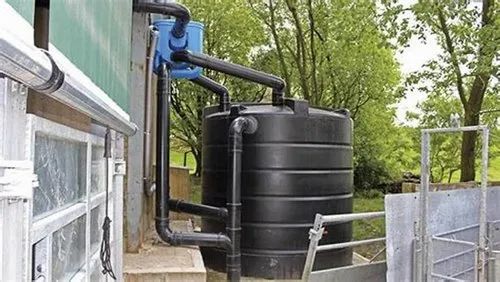Grey water, the wastewater generated from sinks, showers, and washing machines, can be a valuable resource for irrigating your garden or flushing your toilets.
With some creativity and DIY ingenuity, you can harness this greywater and turn it into a reliable source of water for non-potable uses.
We’ll explore innovative ways to use greywater in your home, from installing a simple greywater system to constructing a more complex rainwater harvesting setup.
Flush toilets and wash clothes with greywater
You can install a greywater collection system that collects wastewater from sinks, showers, and washing machines, and uses it to flush toilets and wash clothes. This can save a significant amount of potable water.
This system collects wastewater from sinks, showers, and washing machines, and diverts it to a storage tank.
From there, the greywater can be used to flush toilets and wash clothes.
This can save a significant amount of potable water, especially in households with multiple bathrooms and high water-using appliances like washing machines.
In addition, many greywater collection systems can be designed to automatically switch between using potable water and greywater, depending on the water needs of the household.
This means that when the toilets and washing machine are not in use, the system will default to using potable water, while still providing the benefits of greywater use when the appliances are in use.
Overall, installing a greywater collection system can be a smart investment for any household looking to reduce their water footprint and save on their water bills.
Irrigate your garden with greywater
Greywater can be used to irrigate your garden, providing your plants with a constant supply of nutrient-rich water. This is especially useful during droughts or water shortages.
Using greywater to irrigate your garden is an excellent way to conserve water and provide your plants with a constant supply of nutrient-rich water.
Greywater, which is the wastewater generated from sinks, showers, and washing machines, is rich in organic matter and can be easily harnessed for irrigation purposes.
By installing a greywater irrigation system, you can collect and filter this wastewater, allowing it to be reused for your garden.
This not only reduces the amount of potable water used for irrigation, but it also helps to conserve this valuable resource during droughts or water shortages.
Using greywater for irrigation can improve soil health and fertility, as it contains a variety of nutrients and organic matter that can benefit plant growth.
With proper design and maintenance, a greywater irrigation system can be an effective and sustainable solution for watering your garden while also helping to protect our precious water resources.
Clean your floors with greywater
You can use greywater to clean your floors, instead of using tap water. This can help reduce the amount of wastewater that enters the sewer system.
Cleaning your floors with greywater is a practical and eco-friendly alternative to using tap water.
Greywater, which is the wastewater generated from sinks, showers, and washing machines, can be collected and used to clean floors, saving a significant amount of potable water.
By using greywater for floor cleaning, you can reduce the amount of wastewater that enters the sewer system, thereby minimizing the strain on municipal water treatment plants and conserving this precious resource.
Moreover, using greywater for floor cleaning can help to reduce the amount of chemicals and detergents that are discharged into the environment.
By adopting this practice, you can not only save money on your water bill but also contribute to a more sustainable future.
Use greywater for pre-washing dishes
Before washing your dishes with tap water, you can use greywater to pre-wash them. This can help remove any food residue and make the dishwashing process more efficient.
Using greywater for pre-washing dishes is a simple yet effective technique to enhance the efficiency of your dishwashing routine.
By utilizing greywater, which is the wastewater generated from sinks, showers, and washing machines, you can pre-wash your dishes before using tap water.
This process helps remove any food residue and loosens dirt, making the actual dishwashing process more efficient.
Moreover, using greywater can help reduce your water consumption and save money on your water bills.
To utilize greywater for pre-washing dishes, you can simply collect the wastewater from your sink or shower in a container, such as a bucket or a large pot.
Then, use a soft-bristled brush or a gentle scrubber to scrub away any food residue or dirt on your dishes.
After pre-washing with greywater, you can proceed with washing your dishes with tap water.
By incorporating this technique into your daily routine, you can not only save water but also reduce your energy consumption and contribute to a more sustainable future.
Rinse your hands with greywater
Instead of using tap water to rinse your hands, you can use greywater. This can help reduce the amount of water wasted during hand washing.
Using greywater to rinse your hands is a simple yet effective way to reduce water waste and conserve this precious resource.
Greywater is the wastewater generated from sinks, showers, and washing machines, and it contains many of the same nutrients and bacteria as tap water.
By using greywater to rinse your hands, you can significantly reduce the amount of potable water used for this purpose.
This is especially important in areas where water is scarce or in drought-prone regions.
Using greywater for hand washing can help to reduce the amount of wastewater that enters the sewage system, which can help to alleviate the burden on wastewater treatment plants.
Plus, using greywater is a great way to reuse and recycle this valuable resource, rather than simply letting it go down the drain.
By adopting this simple habit, you can make a significant difference in your water usage and help to protect this vital resource for future generations.
Water your pets with greywater
You can use greywater to water your pets, providing them with a source of clean water that is different from tap water.
Watering your pets with greywater is a practical and eco-friendly solution for providing them with clean water.
Greywater, which is the wastewater generated from sinks, showers, and washing machines, can be safely used to irrigate your pets’ living areas and provide them with a reliable source of clean water.
By using greywater for your pets, you can reduce your household’s water usage and save money on your water bill.
Greywater is free of harsh chemicals and contaminants, making it a healthier option for your pets compared to tap water.
To use greywater for your pets, you can install a greywater collection system in your home, which can be connected to a watering system for your pets.
This can be a cost-effective and environmentally friendly solution for providing your pets with clean water.
Fill your pool or hot tub with greywater
If you have a pool or hot tub, you can fill it with greywater instead of tap water. This can help reduce the amount of water wasted during pool maintenance.
By harnessing the power of greywater, you can significantly reduce the amount of fresh water wasted during pool maintenance.
Greywater, which is wastewater generated from sinks, showers, and washing machines, contains a wealth of nutrients and can be used to irrigate your lawn, fill your pool or hot tub, or even flush your toilets.
Not only does this help conserve precious water resources, but it also lowers your water bill and reduces your environmental footprint.
Using greywater for pool and hot tub fill-ups can help extend the life of your pool equipment, as it is less corrosive than traditional tap water.
So why not take advantage of this free and eco-friendly resource and give your pool or hot tub a refreshing greywater makeover?
Use greywater for indoor plants
Greywater can be used to water indoor plants, providing them with a constant supply of nutrient-rich water. This can help keep your plants healthy and thriving.
Using greywater for indoor plants is a simple yet effective way to keep your plants healthy and thriving.
Greywater, which is the wastewater generated from sinks, showers, and washing machines, is rich in nutrients such as nitrogen, phosphorus, and potassium that are essential for plant growth.
By collecting and reusing this water, you can provide your indoor plants with a constant supply of these nutrients, promoting healthy growth and vigor.
Using greywater can help reduce the amount of fresh water used for irrigation, which can lead to significant water savings and costs.
To get started, you can easily set up a greywater irrigation system in your home by connecting a storage tank to your sink and shower drains, and then using a drip irrigation system to deliver the water to your plants.
With this simple and sustainable solution, you can enjoy healthy and thriving indoor plants while also doing your part for the environment.
Want More? Dive Deeper Here!
Hey there! If you’re the type who loves going down the rabbit hole of information (like we do), you’re in the right spot. We’ve pulled together some cool reads and resources that dive a bit deeper into the stuff we chat about on our site. Whether you’re just killing time or super into the topic, these picks might just be what you’re looking for. Happy reading!






